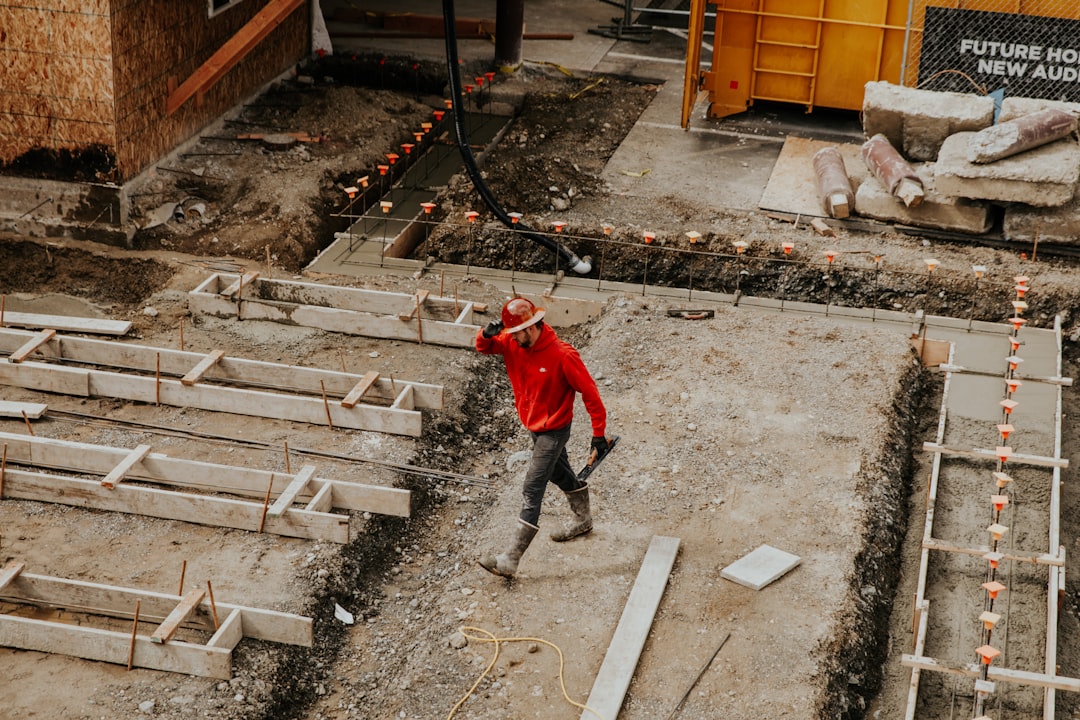
Excavation costs can vary significantly based on several factors, making it crucial for construction professionals to understand the variables involved. On average, excavation costs range from $1,500 for patio grading to over $20,000 for full basement digs. These costs are influenced by soil type, project depth, and site access. Misjudging these factors can lead to budget overruns, impacting the entire project timeline and cash flow.
• Dense clay or rocky soil increases machine time and wear, raising hourly rates.
• Sandy or loamy soil is faster to remove, often lowering costs by 10-20%.
• Wet or flooded sites may require dewatering equipment, adding significant labor costs.
• Light grading for a patio might only involve scraping a few inches.
• Full basement digs can reach 8-10 feet deep, requiring larger excavators or staged trenching.
• Deeper cuts usually trigger additional safety measures such as benching or shoring.
• Urban infill lots may force contractors to use smaller machinery, increasing hours on site.
• Wide suburban lots with clear truck paths let crews work faster and haul soil off-site cheaply.
• Disposal sites charge by ton—heavy clay costs more than lighter topsoil.
• Local dumping regulations can require permits or environmental testing before removal.
• Locating, hand-digging around, or moving existing lines adds labor.
• Hitting an unmarked utility creates delays and potential fines.
CountBricks integrates real-time utility maps and local code data in every estimate to minimize these surprises.
Residential contractors often quote excavation by cubic yard or by project. Nationally, pricing runs from $2 to $15 per cubic yard, but regional variations are huge. Based on recent estimates:
Remember that these numbers include typical haul-off in moderate soil. Hard rock or limited access can push costs well above these benchmarks.
Homeowners often try to ballpark excavation costs by multiplying area, depth, and a “standard” rate. That shortcut ignores:
Using CountBricks voice-driven estimating, you describe the scope while on site, and our AI calculates precise cubic yards, local disposal fees, and machine hours—no spreadsheet wrestling required.
1. Open the CountBricks mobile app and tap “Start Estimate.”
2. Speak naturally: “We’re removing 1,200 square feet of sod, digging a 9-foot basement, sandy soil, easy street access.”
3. The AI pulls current equipment rates, landfill tipping fees, and labor productivity curves.
4. In under 30 seconds, you receive a line-item breakdown with material, haul-off, and machine costs. Adjust depth or add a retaining wall and see totals update instantly.
5. Export a branded PDF quote or sync to your accounting stack—no double entry.
Test it yourself at CountBricks.com.
Small garden projects can be owner-operated, but anything involving structural footings, slope stability, or utility relocation demands licensed pros. CountBricks maintains a vetted network of excavation subcontractors who understand our digital takeoff data and deliver to spec. View recent residential case studies at CountBricks.com.
Ready for a definitive answer to “how much does excavation cost” on your next project? Start a free voice estimate today at CountBricks.com.

In a recent Tulsa infill project, the homeowner envisioned a 1,100-square-foot daylight basement. Traditional bids ranged from $18,500 to $24,000—too wide for comfort. Using the CountBricks AI takeoff engine, the general contractor captured on-site voice inputs and generated a detailed scope in under two minutes.
The refined CountBricks proposal landed at $16,200, including a contingency allowance. Actual invoiced cost closed at $15,950—just 1.5% variance, far below the industry norm. The client credited the success to transparent line-items and live pricing updates during weekly site meetings.
Whether you are a homeowner seeking clarity or a builder chasing tighter margins, CountBricks delivers excavation estimates that stand up to real-world conditions. Explore service tiers, schedule a live demo, or launch your first voice quote at CountBricks.com.